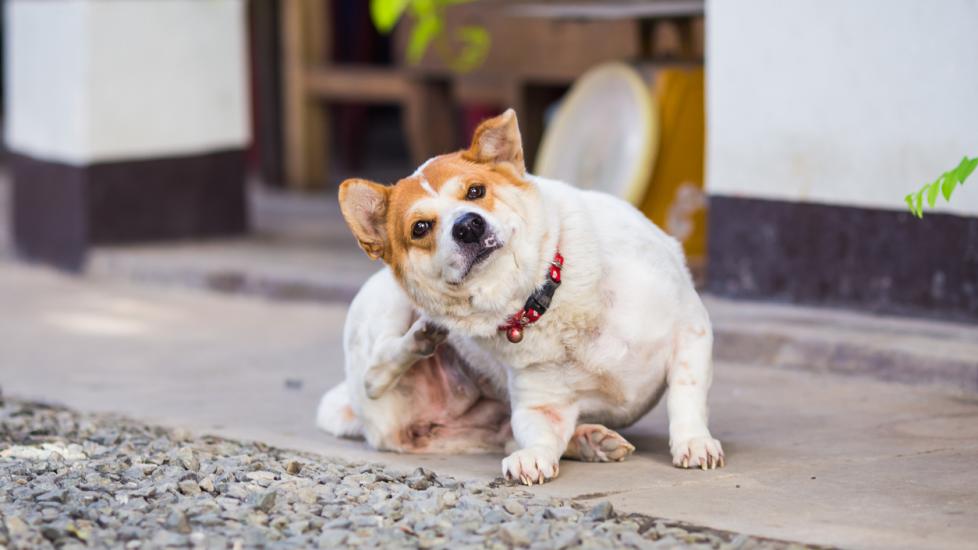Understanding and Addressing Dog Dandruff: A Comprehensive Guide for Pet Owners
A furry companion’s well-being is a cherished responsibility that often extends to the nitty-gritty of their grooming needs. One common issue pet owners face is dog dandruff, which can be distressing both for pets and their human friends alike. This condition not only affects your pooch’s appearance but also compromises their comfort. In this article, we delve into understanding what causes dog dandruff, how it manifests, and most importantly, effective strategies to manage and alleviate it.
What Is Dog Dandruff?
Dog dandruff refers to flaky skin scales that are shed by dogs as part of their regular skin cell turnover process. However, when these flakes become excessive or noticeable on the coat, it indicates an underlying problem. The condition is more than just cosmetic; it can signal irritation, allergies, poor nutrition, or even a deeper health concern.
Causes of Dog Dandruff
The primary reasons behind dog dandruff include:
1. Allergies: Environmental allergens like pollen, dust mites, or flea bites can trigger allergic reactions leading to dry, irritated skin.
2. Parasitic Infestations: Fleas and ticks can cause intense itching and subsequent scratching, contributing to hair loss and dandruff.
3. Poor Nutrition: Insufficient nutrients in a dog’s diet can lead to a compromised immune system, making them prone to skin issues.
4. Bacterial or Fungal Infections: These infections may arise due to prolonged wetness, such as after swimming without proper drying, or from other skin conditions.
5. Hormonal Imbalances: Certain medical conditions affecting hormone levels, including hypothyroidism, can manifest through symptoms like dandruff.
6. Genetics: Some breeds have genetic predispositions to certain skin problems that might result in dandruff.
Signs of Dog Dandruff
Look out for these telltale signs of dog dandruff:
1. Excessive Flaking: You will notice white or grayish scales on your dog’s coat, bedding, and around furniture where they frequently rest.
2. Visible Scales: Inspect your dog’s skin closely—you might see small, raised scales or bumps.
3. Itchiness and Scratching: Constant scratching or biting at the skin can indicate discomfort caused by dandruff.
4. Hair Loss: Severe cases might involve patches of thinning hair or bald spots.
5. Dry Skin: Your dog’s skin may feel rough and appear dull.
How to Address Dog Dandruff
Here are some practical steps you can take to combat dog dandruff:
1. Regular Grooming: Brush your dog daily to remove loose hair and reduce static electricity that can exacerbate dandruff.
2. Hydration: Use moisturizing shampoos formulated specifically for dry skin during baths. Rinse thoroughly and follow with a hydrating conditioner if needed.
3. Dietary Adjustments: Consult with a veterinarian about switching to a diet rich in omega fatty acids, which can help maintain healthy skin and coat.
4. Allergy Management: Identify potential triggers and keep your environment allergen-free as much as possible. Consider allergy medications under veterinary guidance.
5. Medication: If bacterial or fungal infections are suspected, topical treatments or oral antibiotics may be prescribed.
6. Veterinary Checkup: Schedule regular checkups to monitor your dog’s overall health and address any underlying conditions promptly.
7. Environmental Control: Keep your home clean and free of excessive dust or allergens that could worsen dandruff.
Remember, every dog is unique, and what works for one pup might not work for another. It’s crucial to observe your dog’s reaction to different treatments and consult with a professional if you suspect a serious underlying issue. With consistent care and attention, you can help your four-legged friend enjoy a healthier, flake-free life.
